
Wisteria seed pods Stock Photo Alamy
Plant the seeds no deeper than one inch (2.5 cm.) and position the pots in an area with a minimum temperature of 65 degrees F (18 C). As soon as the soil's surface starts to dry, water the pots. You can cover them with plastic until sprouts emerge, which typically takes between one to two months.
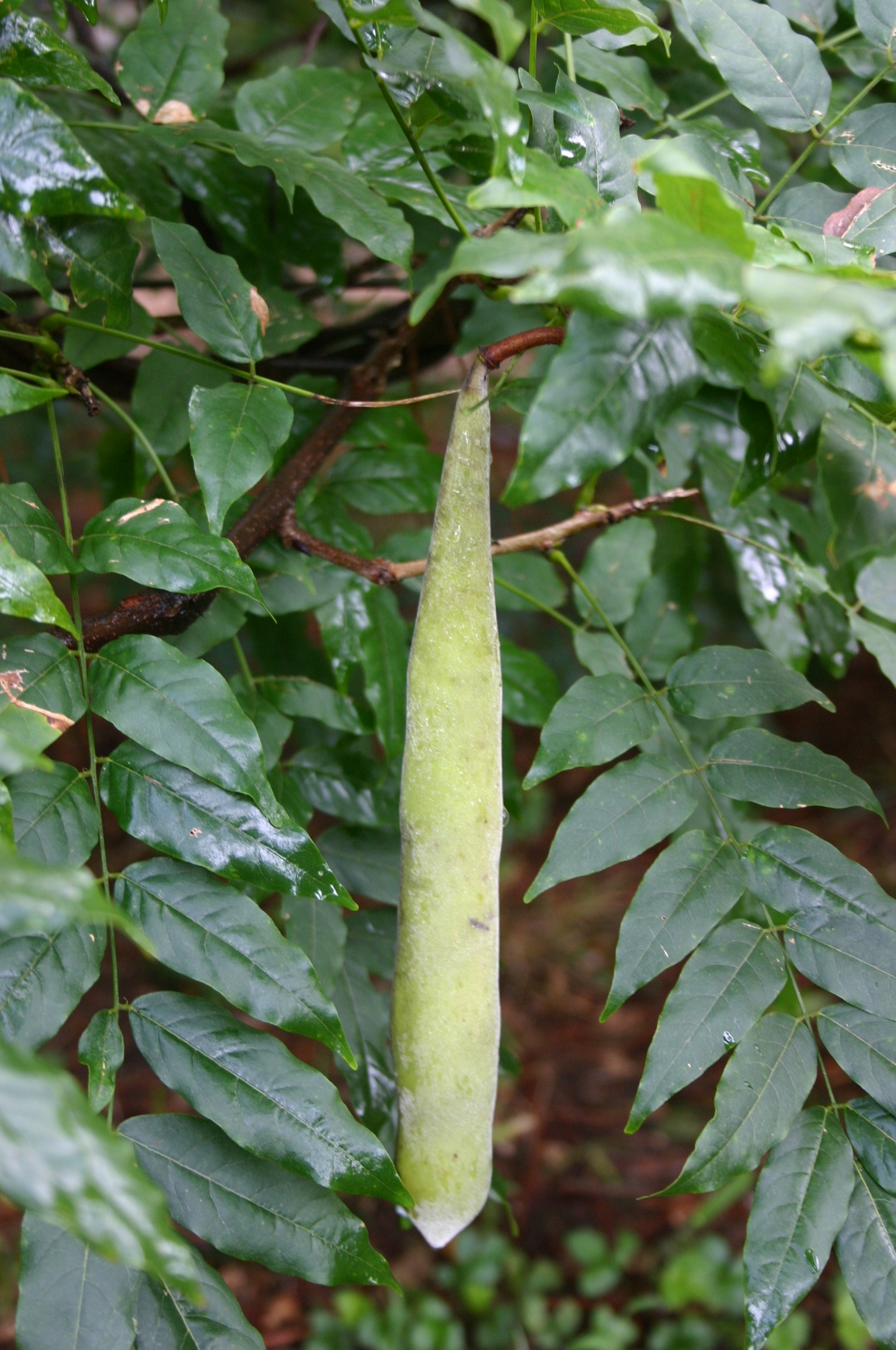
Wisteria Scattering Seed Walter Reeves The Gardener
Contact Us Guides Home Privacy Policy How To Grow Wisteria From Seed Pods By The SmileySprouts Team You can observe either smooth or fuzzy seeds if you open a wisteria seed pod. The smooth seeds are North American, whereas the fuzzy seeds are from Asian kinds. The most vigorous and potentially invasive wisteria kinds are those from Asia.
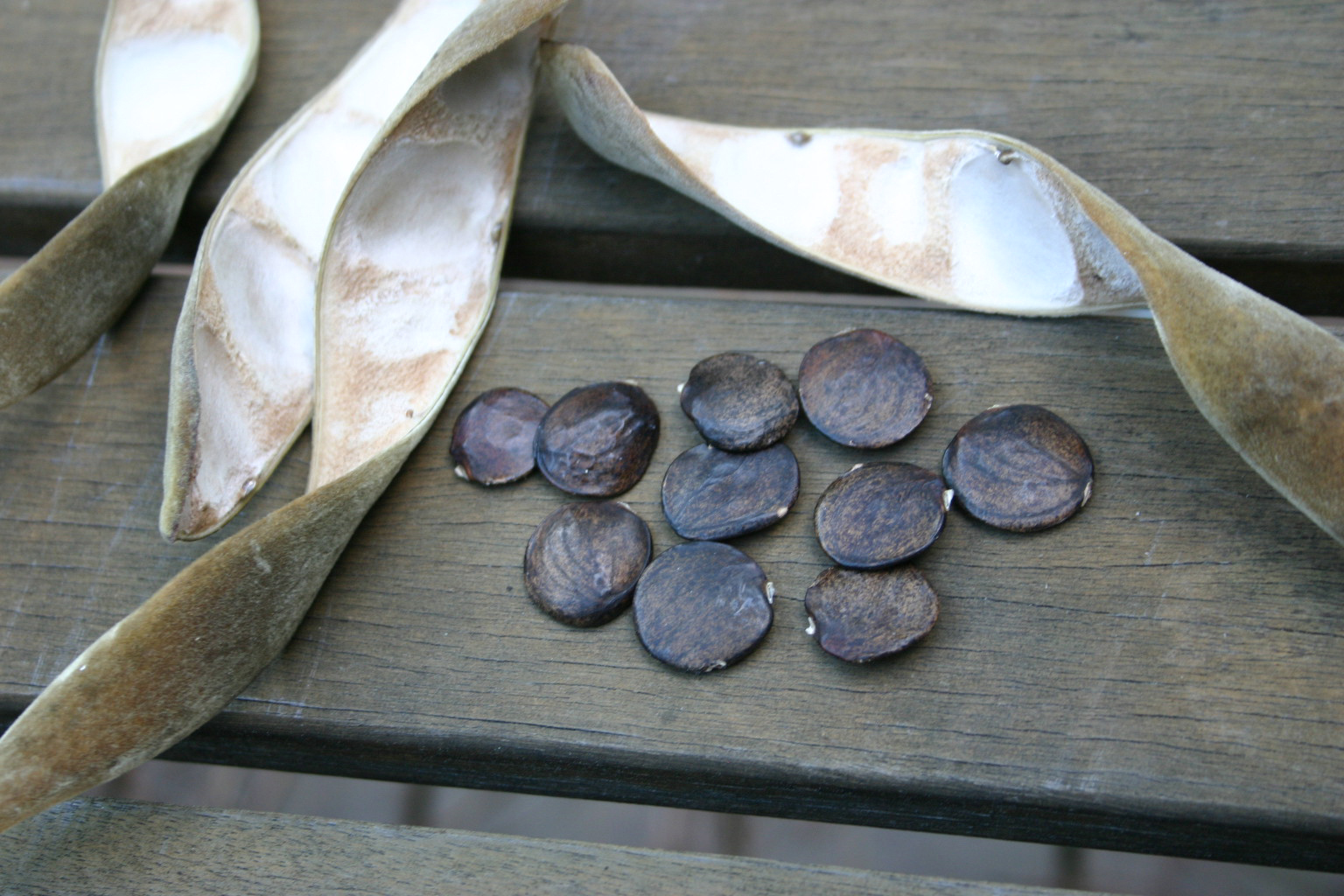
Wisteria Scattering Seed Walter Reeves The Gardener
About Wisteria Seed Pods If you open a wisteria seed pod, you'll see seeds that are either fuzzy or smooth. The fuzzy seeds are from Asian varieties and the smooth seeds are North American. Asian wisteria varieties are the most aggressive and can be invasive. A healthy wisteria plant will produce seed pods in late summer and fall.
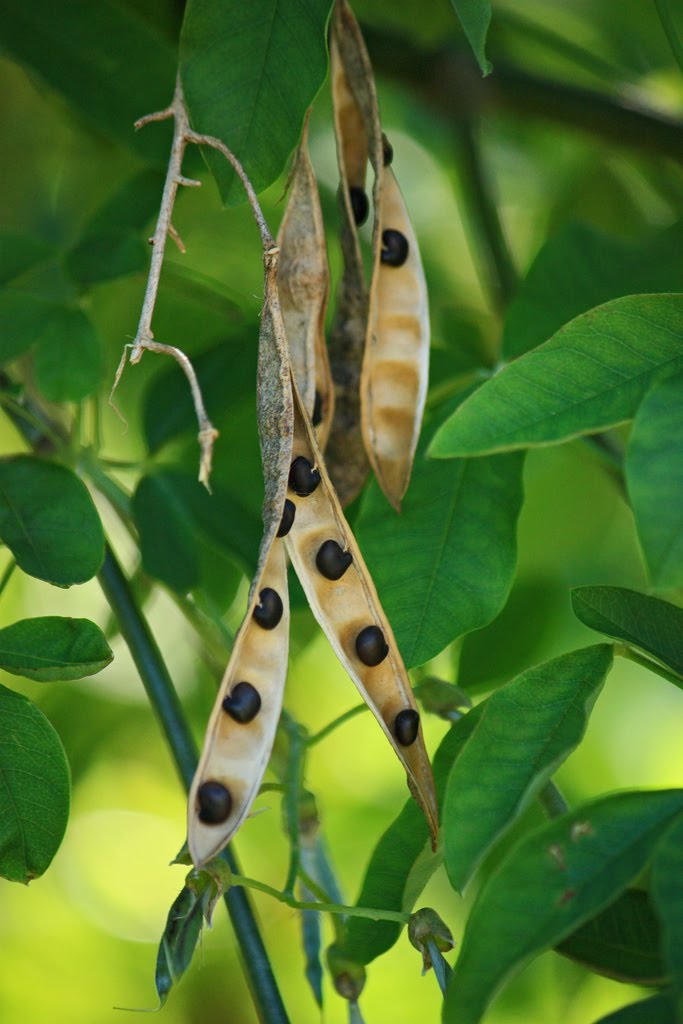
Tree Identification Laburnum x watereri Golden Chain Tree
Wisteria seed pods are left on the vine by some gardeners because they give aesthetic interest in the late summer, fall, and winter. However, in the spring, the pods could obstruct your view of the blossoms, so you might want to get rid of them before the flowers open. When you perform your winter pruning, I advise taking out the seed pods in.

Pink Silk Tree Pods and Wisteria Seed Pods (, Future Credit, Free or Trade) Galora
Wisteria is a legume, like peas and beans, and produces seed pods after flowering. Chinese wisteria (Wisteria sinensis) rarely produces pods whereas the Japanese wisteria (Wisteria floribunda) produces clusters of pods which are long and elongated, somewhat like a bean pod, and are numerous.

Wisteria floribunda seed pods. Seed pods, Outdoor, Wisteria
Wisteria seedpods are the result of pollinated flowers, containing seeds that can eventually give rise to new plants. These pods vary in size and color, typically maturing in late summer or autumn, depending on the species and climate. It's essential to note that wisteria seedpods are not harmful or toxic. Aesthetic Considerations

Chinese Wisteria Seed Pods, Wisteria sinensis, Fabaceae. China Stock Photo Alamy
Gardening Complete Guide on How to Grow Wisteria from Seed Bonnie Enos March 1, 2022 If you've ever seen a woody vine with big, beautiful flowers, then you know what wisteria looks like. It's the first choice for the typical English cottage garden and it's most appreciated in spring when it blooms.

Wisteria seed pods are dripping with frozen icing...beautiful to look at while the ice covered
Wisteria is a woody, deciduous vine valued for its long (12-18 inches) racemes of fragrant springtime flowers (most often bluish or purplish, but occasionally pink or white). Flowers are succeeded by bean-like pods in fall. Leaf form is pinnate (feather-shaped). There are three main types (two Asian and one American).
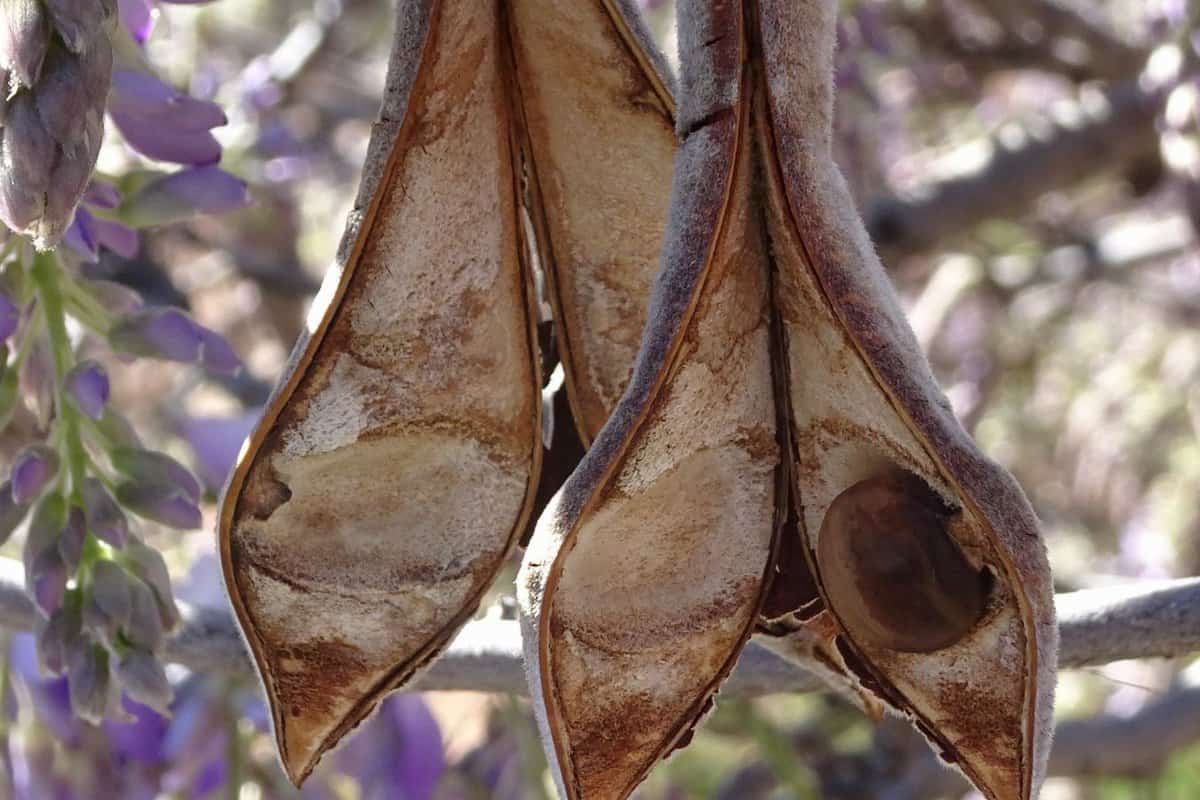
How Fast Does Wisteria Grow? [Inc. From Seed Or From A Cutting]
Step 5: Planting the Wisteria Pods. Now it's time to plant the prepared wisteria pods. Make a small hole in the germination medium, approximately 1 inch deep. Gently place the pod in the hole, making sure the scarified side is facing up, and cover it with the medium. Press down lightly to secure the pod in place.

The spent seed pod of the Wisteria at the farm. Seed Pods, Natural Forms, Wisteria, Seeds, Farm
Wisteria seed pods start out green and then turn brown as they dry out in the fall. American Wisteria has smooth seed pods, while the pods on Asian varieties are fuzzy or velvety. Chinese Wisteria often doesn't produce any seed pods at all. When and Why do Wisteria Pods Explode?

How To Plant Wisteria Pods conejitalaborosa
January 8, 2024 Explore the various types and characteristics of wisteria seed pods, including smooth, hairy, and curved pods. Learn about their role in reproduction, ecological significance, and how to harvest and propagate them in your garden. Types of Seed Pods on Wisteria
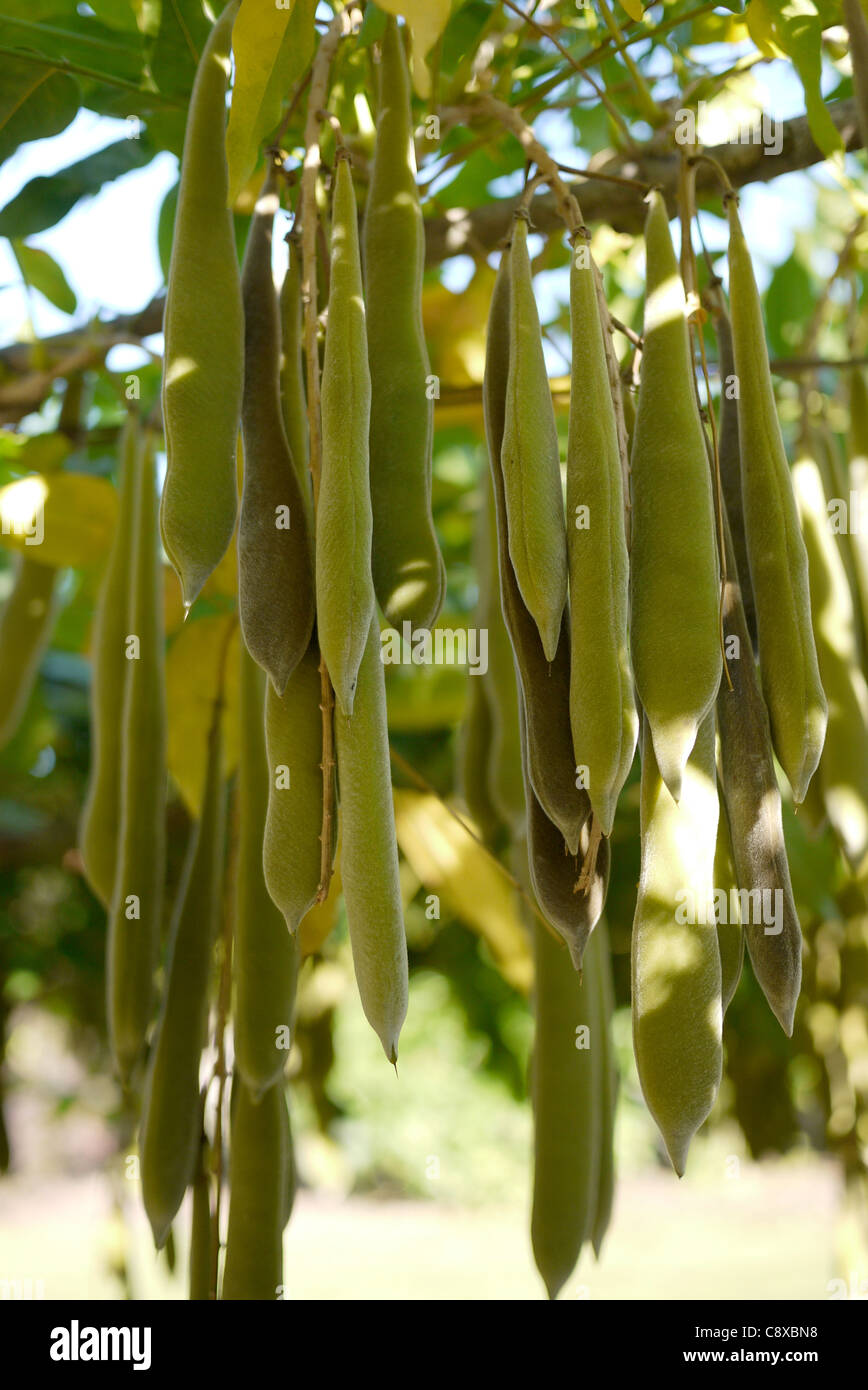
Wisteria seed pods in the garden of a manor house B&B in Britiande, Lamego, Portugal. The plant
1 Germinate the seeds. When you're growing a plant from a seed, it can help to germinate the seed first, because this will increase the chances of it taking root in the ground. Place the seeds in a small bowl and fill it with warm water. Let the seeds sit in the water for 24 hours. [1] After 24 hours, drain the water.

Wisteria seed pods Stock Image B787/0684 Science Photo Library
Cultivation and History There are four common species of wisteria that you'll find in home gardens. These are American ( W. frutescens) Kentucky ( W. macrostachya ), Chinese ( W. sinensis ), and Japanese ( W. floribunda ).
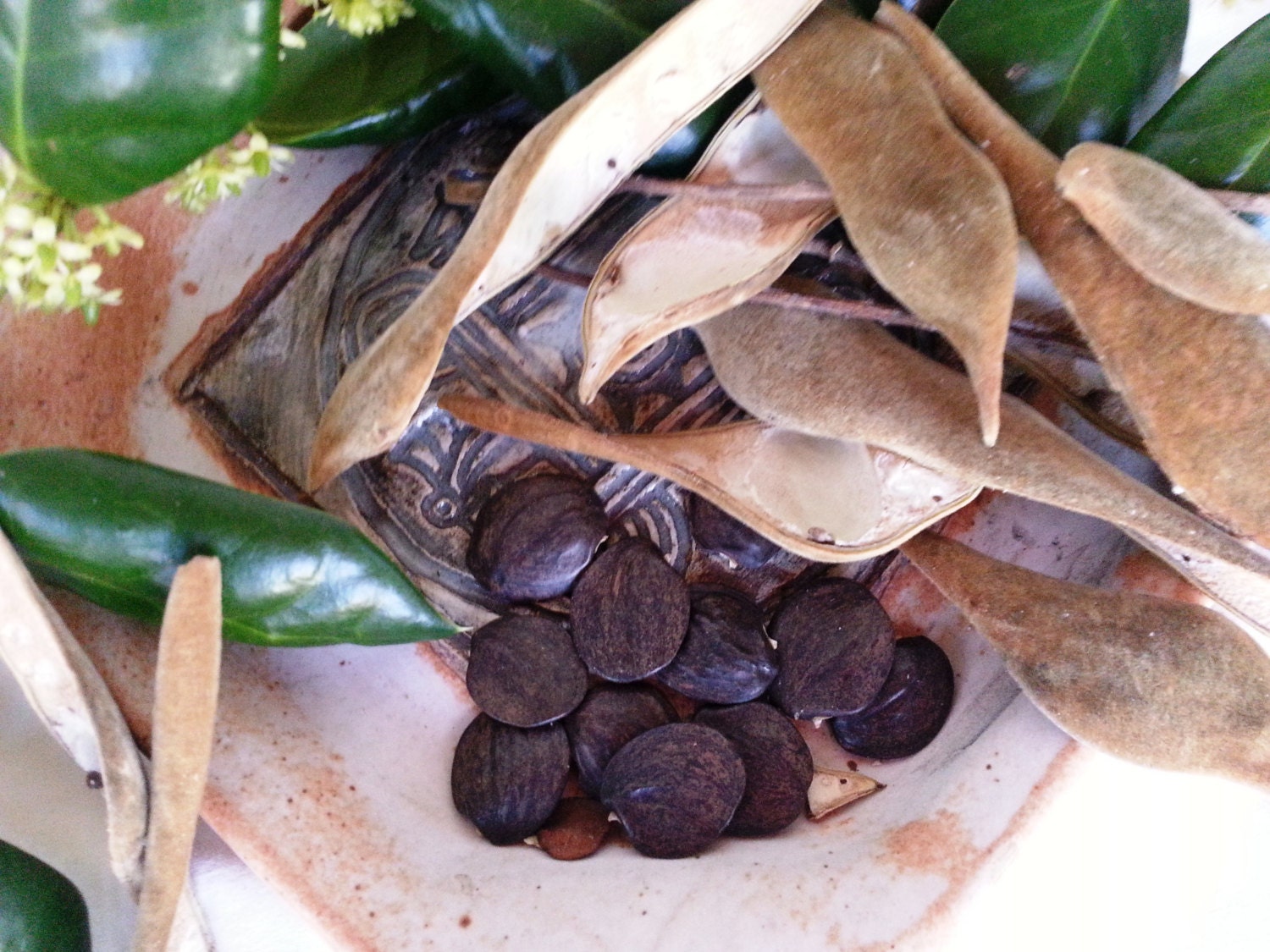
Wisteria seeds and pods for magick use Wicca Greenwitch
Wisteria is a high-climbing, long-lived vining plant with cascades of blue to purple flowers that look spectacular hanging from a pergola or archway in spring and early summer. However, this vine is a fast and aggressive grower—often reaching 30+ feet long—and is known to grow quite heavy.

Planting Wisteria Seed Pods When Should I Plant Wisteria Seeds
What are wisteria seed pods? Wisteria seed pods are hanging long pods that contain seeds. Generally, like most flowering plants, Wisteria also reproduces by its seeds. So, their seeds are safely stored in the pods. Generally, these pods look like large beans or pea pods. Table of Contents Wisteria has an interesting way of reproducing.
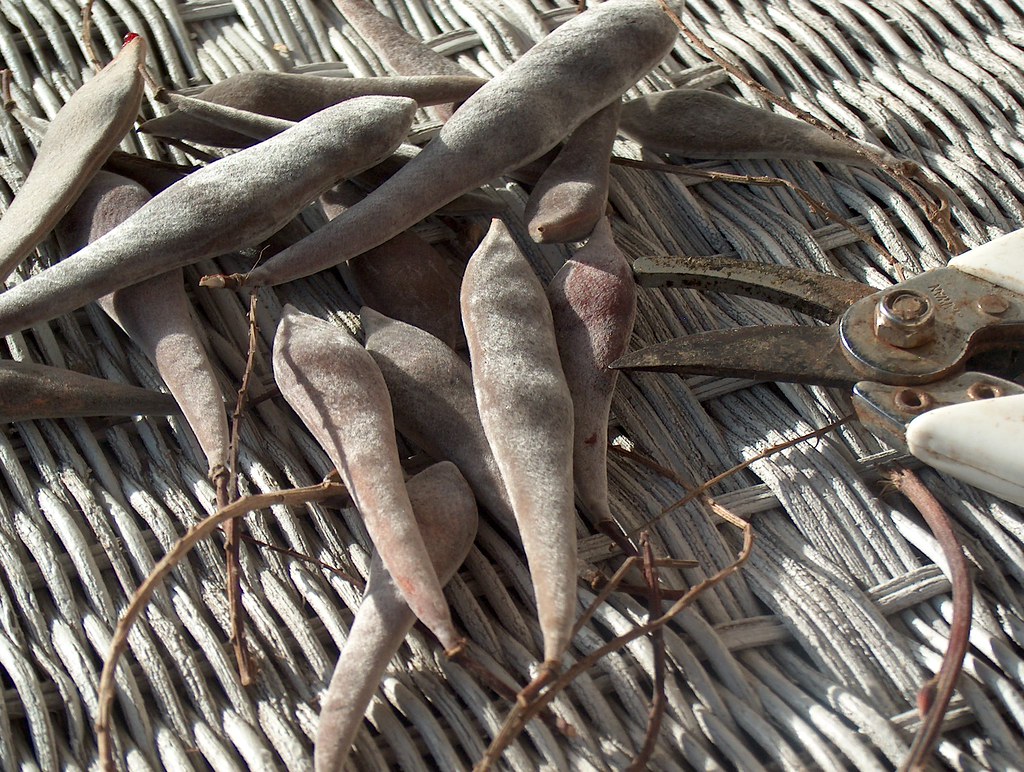
Wisteria seed pods Pat Kight Flickr
Wisteria is a deciduous, climbing shrub, bearing beautiful pendants of scented flowers in May or June. There are many species of wisteria but the two most commonly grown in the UK are Wisteria sinensis and Wisteria floribunda. Wisteria sinensis grows in an anticlockwise direction and Wisteria floribunda grows in a clockwise direction.